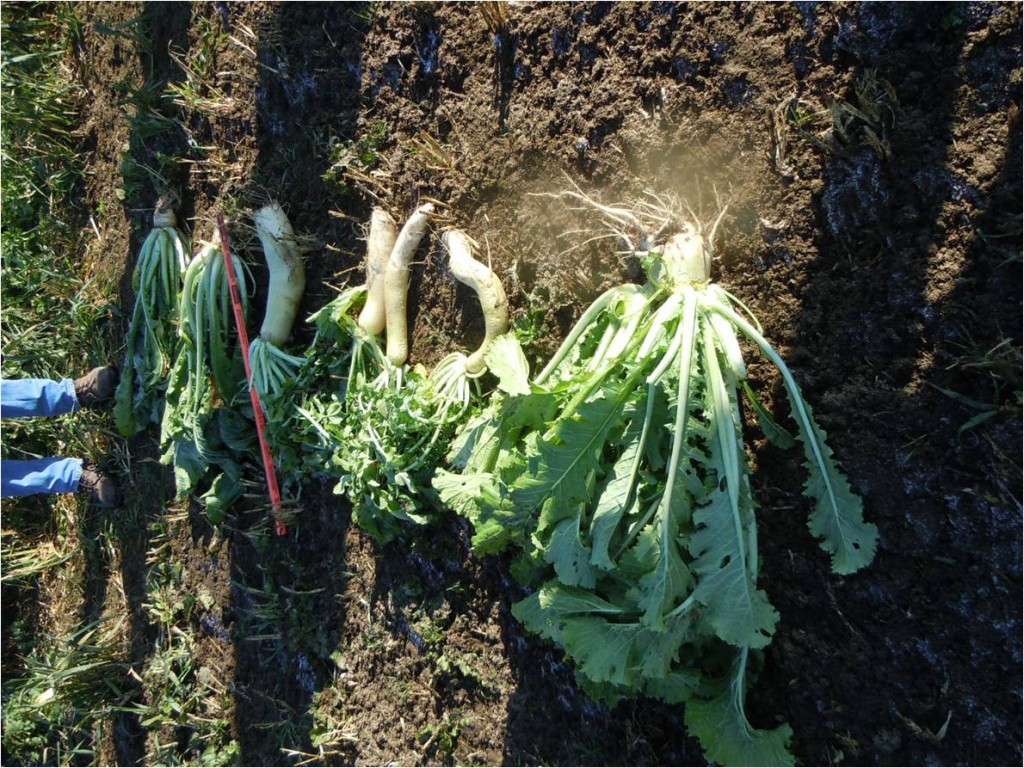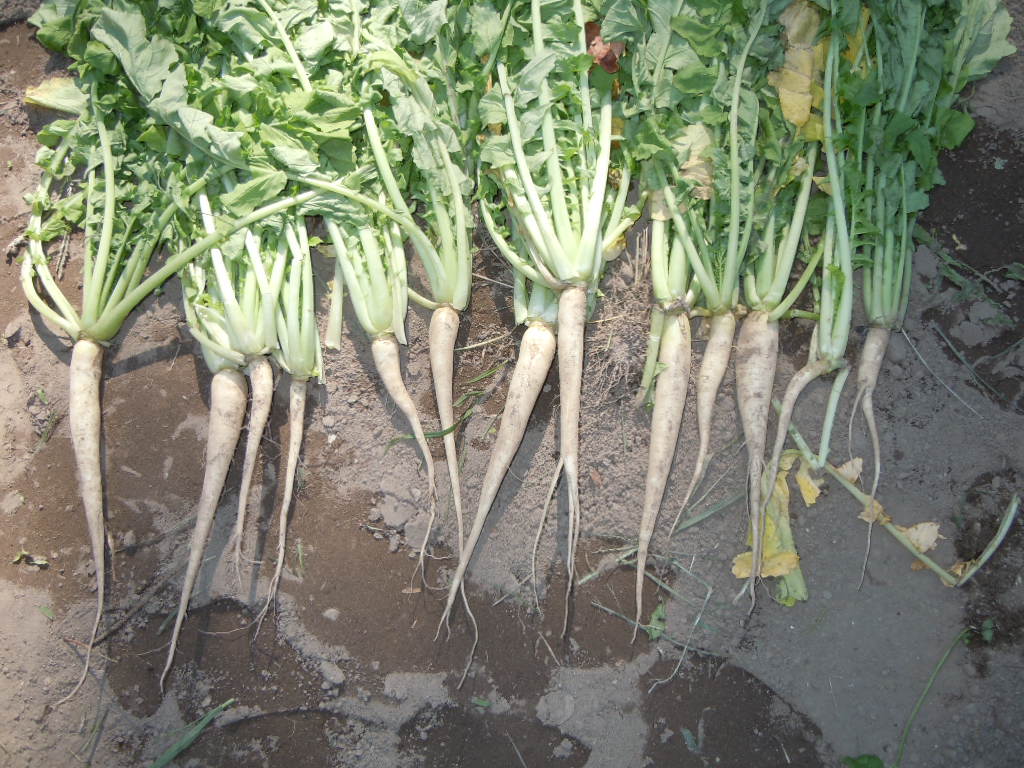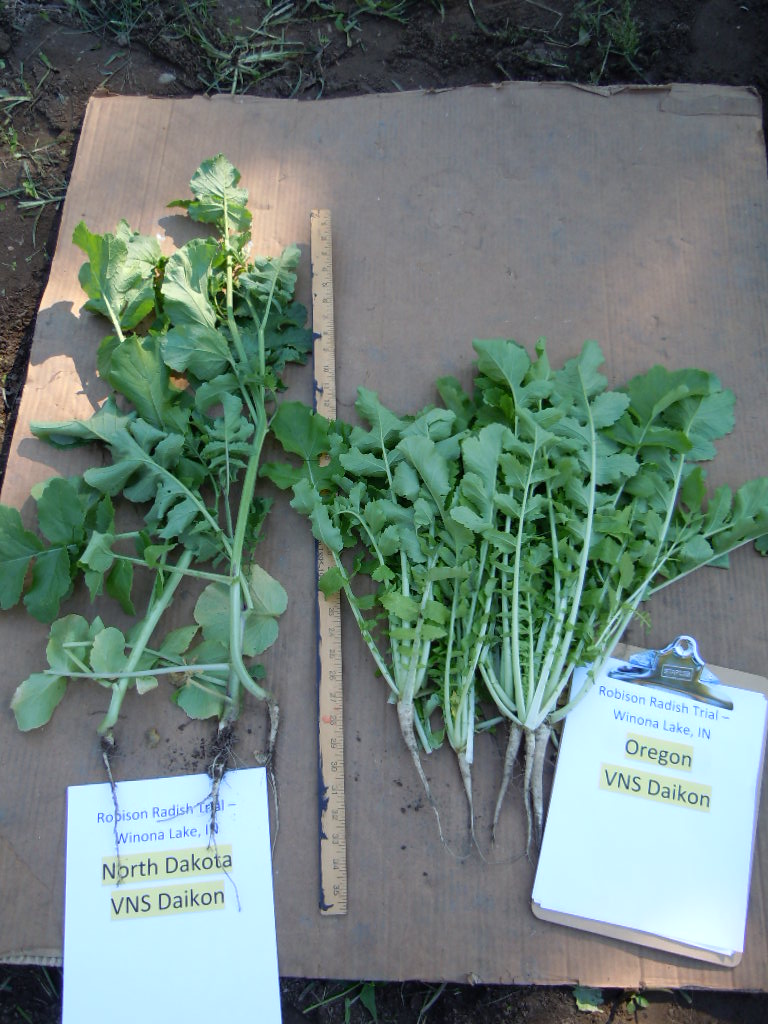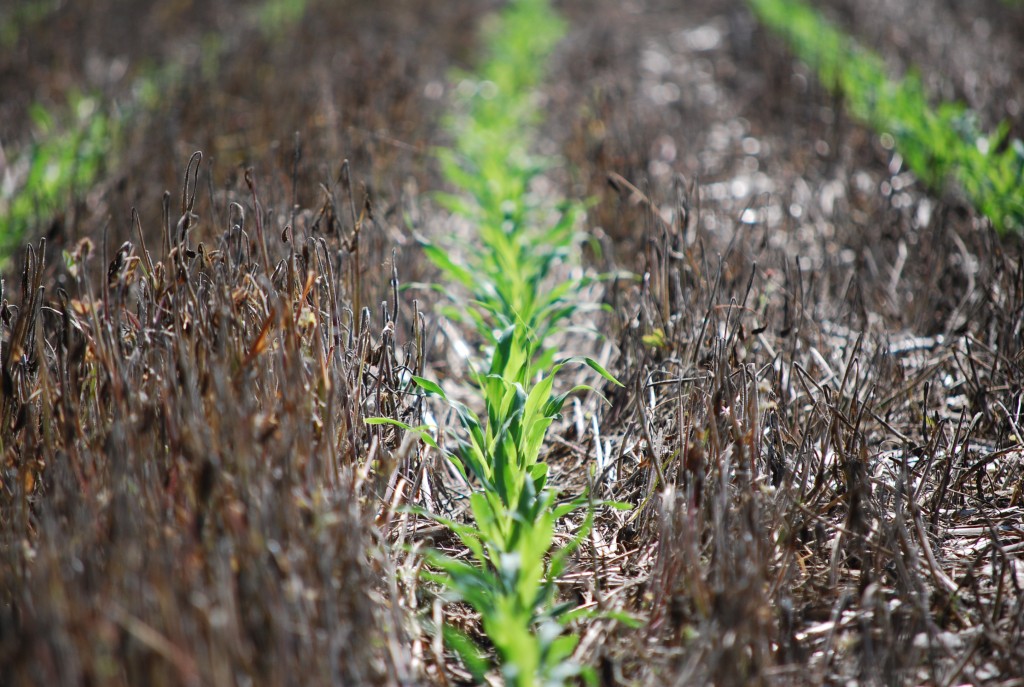Cover Crop Turnips – A Good Choice Over Radishes?
Cover Crop Radishes or Turnips as a Cover Crop – or Both? Cover crop radishes certainly receive a lot of press. I have researched them quite a bit over the past four years. On this blog alone I have over 20 posts about radishes. They are fun to take photos of, dig around in, research, […]
Cover Crop Turnips – A Good Choice Over Radishes? Read More »



